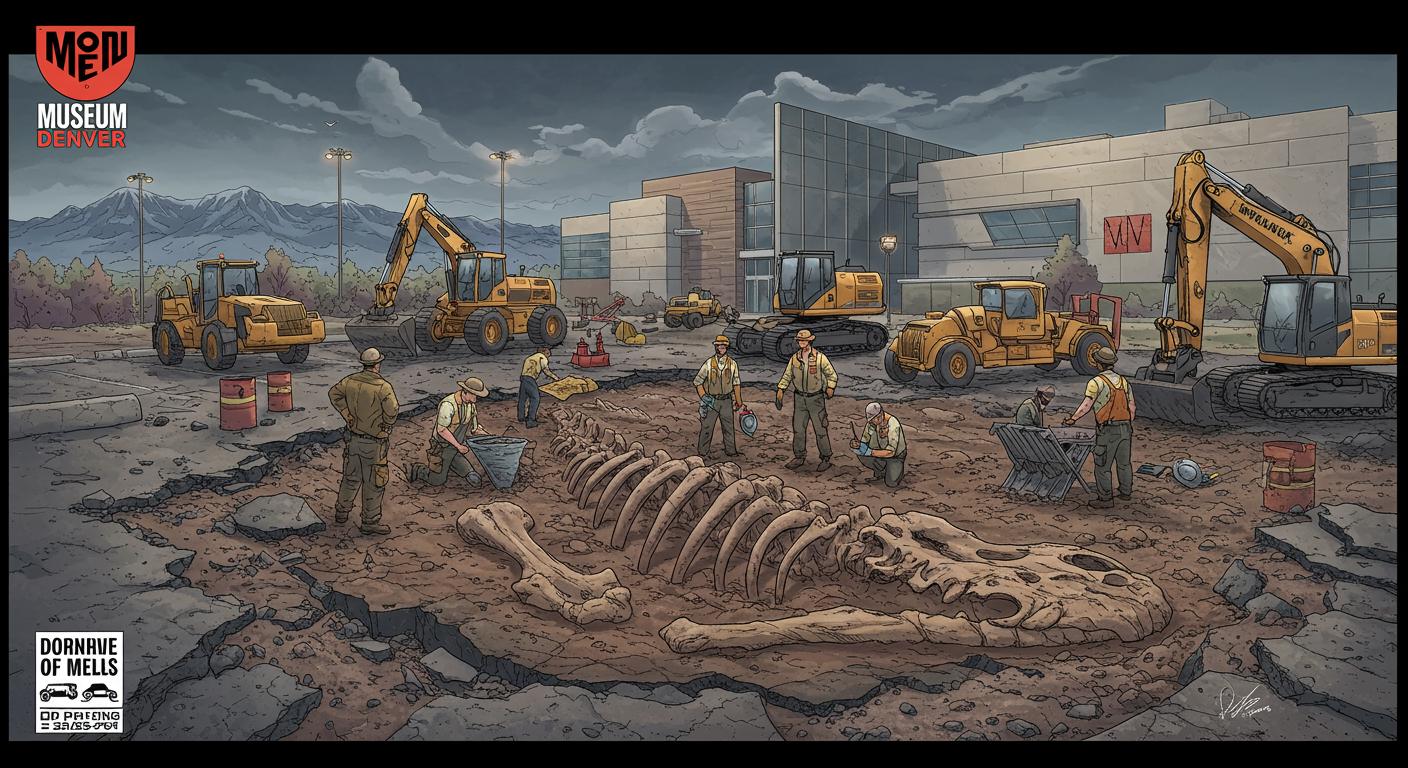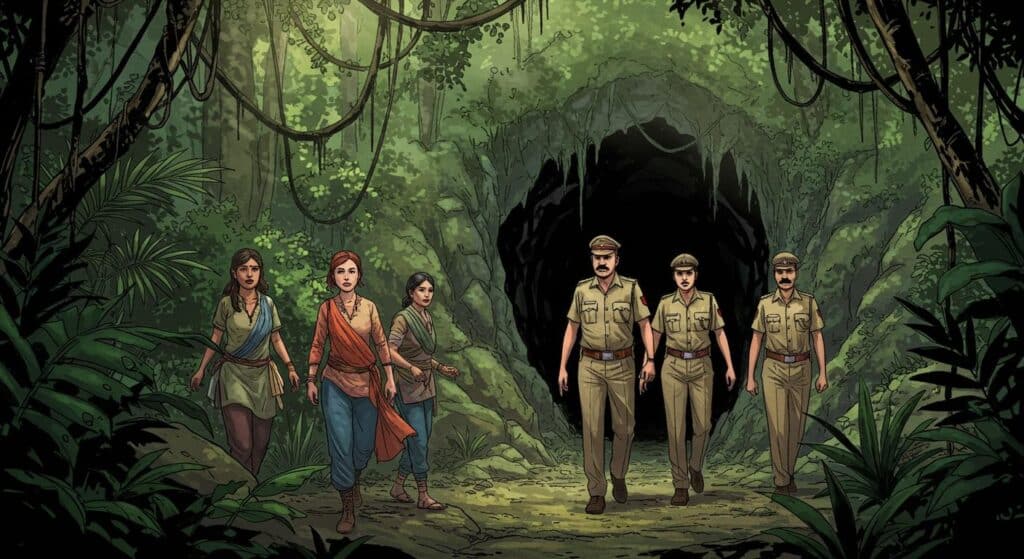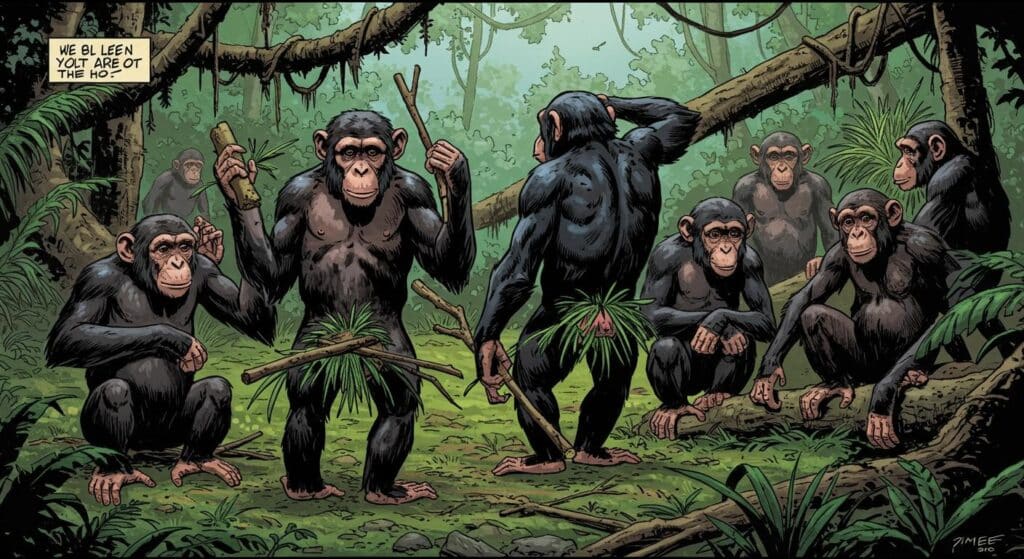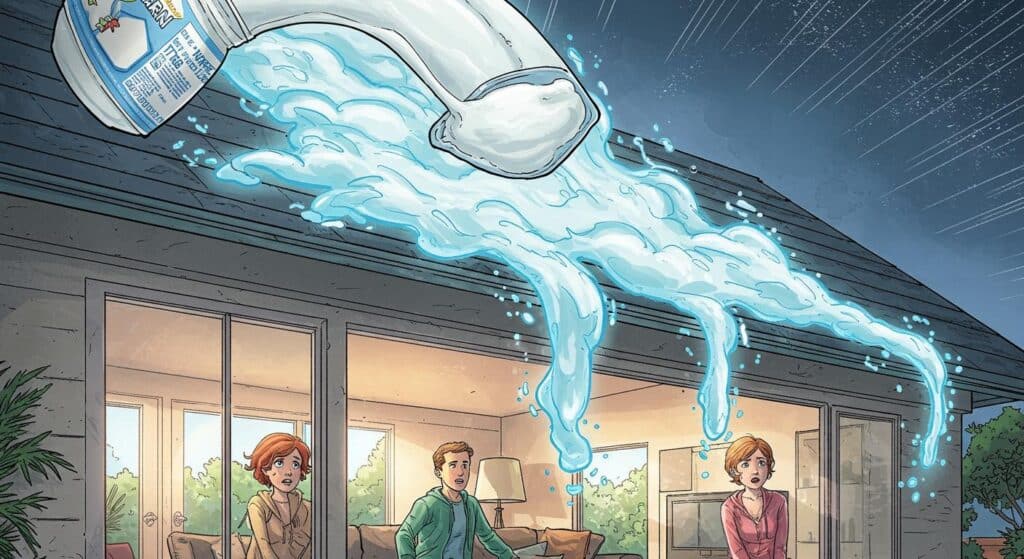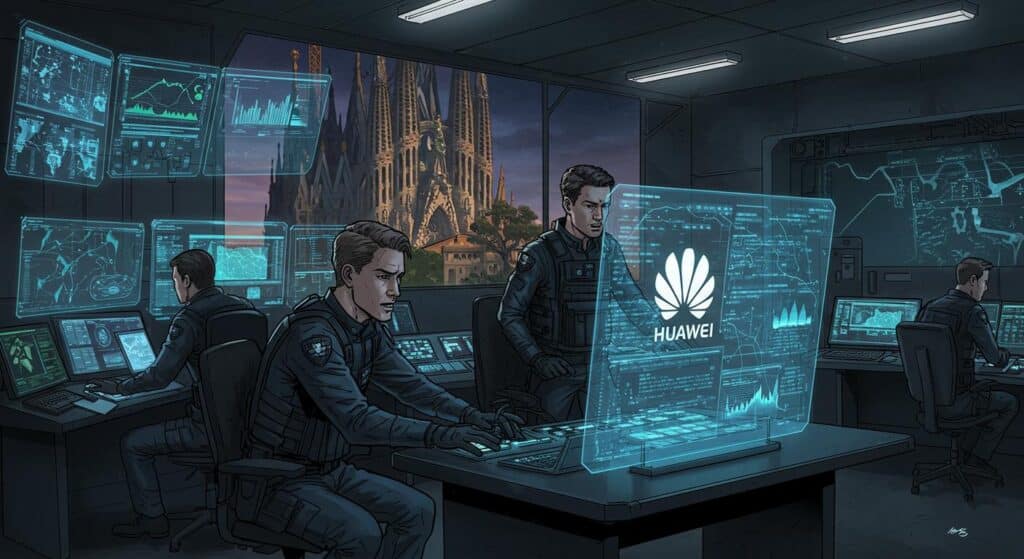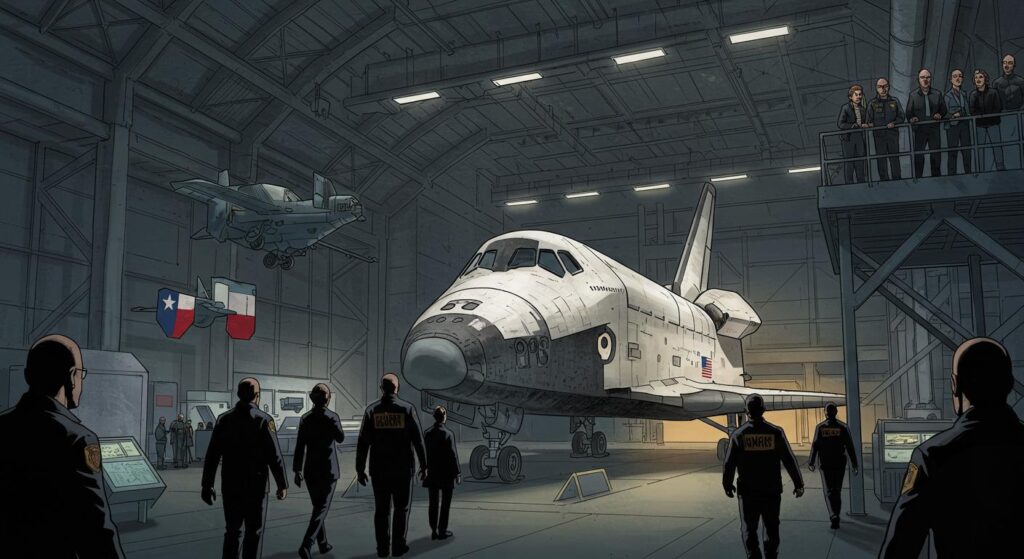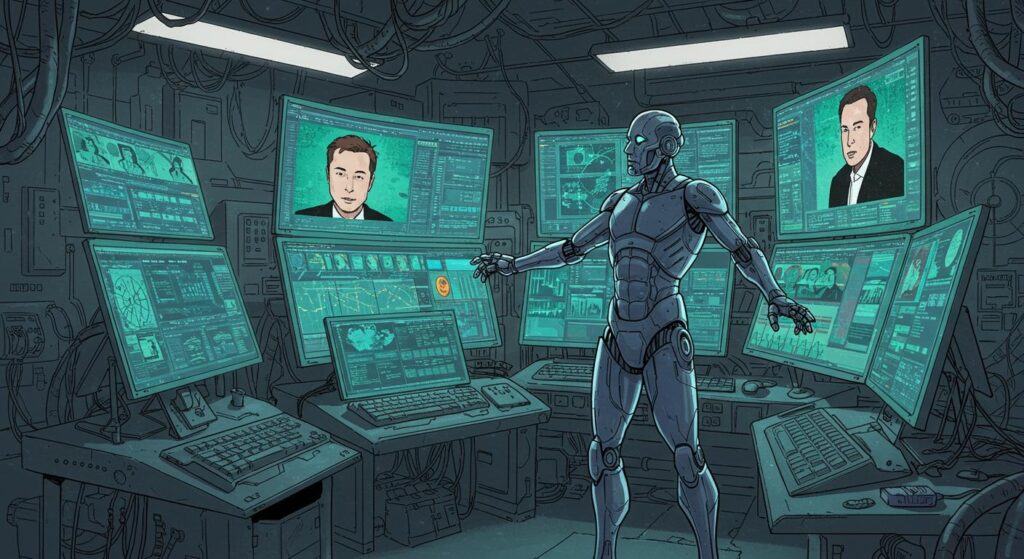Every so often, reality offers up a wink and a nod. Museums spend decades assembling fossils from distant badlands and carefully shipping them in for display, but as it turns out, sometimes prehistory waits quietly beneath your own foundation. Such is the case at the Denver Museum of Nature & Science, where a very unexpected resident has been discovered lurking underneath the parking lot.
A Fossil (Very) Close to Home
As outlined by Popular Science, what began as a geothermal feasibility study in early 2024 led to something far more Jurassic than anyone anticipated. The museum’s initial plan: drill deep beneath the parking lot, possibly tapping into geothermal energy to heat and cool the building. But, as museum officials later explained, the fact that actual scientists were in charge meant curiosity rapidly overshadowed mere engineering. Why pass up the opportunity to study hundreds of feet of Denver’s unseen geologic layers?
That curiosity paid off in the form of an exceedingly rare find. According to Patrick O’Connor, the museum’s director of Earth and Space Sciences, the drilling project’s core sampling—using two slim, one-foot-wide bores—wasn’t designed as a fossil hunt. Nevertheless, about 763 feet down, the team found themselves pulling up not just sediment from the ancient South Platte, but also a pair of bone fragments. James Hagadorn, Denver Museum curator of geology, underscored the sheer improbability of the moment, telling reporters, “It’s basically like winning the lottery and getting struck by lightning on the same day.”
The larger fossil unfortunately met its end courtesy of the drill bit (a recurring occupational hazard in paleontology), but before being obliterated, the surviving fragment measured 1.9 inches long by 2.3 inches on each side—a modest size, but a mammoth find by chance alone. In a detail highlighted by The Merced Sun-Star, subsequent analysis published in Rocky Mountain Geology identified the vertebra as likely belonging to one of Denver’s Cretaceous herbivores: either Thescelosaurus, a nimble plant-eater, or perhaps an Edmontosaurus, both of whom once made their homes in prehistoric Colorado.
The Rarity of Accidental Paleontology
The magnitude of this “parking lot paleontology” becomes clearer when considering just how unlikely it is to strike fossil in a core only about five centimeters wide. As noted in Zamin.uz’s reporting, Hagadorn described it as “like hitting a hole-in-one from the moon.” Officials told the outlet this marks only the third time globally that such a chance fossil strike has occurred, and the first directly beneath a major dinosaur museum—a fact that feels almost scripted.
Patrick O’Connor emphasized to Zamin.uz that the ancient environment entombed the remains: “This animal probably lived in a wet, marsh-like area. Such conditions helped preserve both the bone and plant remains.” The scientific team found fossilized plants intermingled with the bone, supporting the idea that late Cretaceous Denver was a humid paradise for such animals.
The Sun-Star adds historical depth, noting that at 67.5 million years old, this is both the oldest and deepest dinosaur fossil ever retrieved within Denver city limits. During that era, the region was swathed in steamy forests and sluggish swamps rather than its iconic snow-draped peaks—environments conducive to exceptional preservation beneath layers upon layers of sediment.
A Modest Bone, Major Significance
Of course, not every paleontologist is swept away by the drama. As Zamin.uz relayed, Thomas Williamson of the New Mexico Museum of Natural History commented that, while the find is “certainly surprising,” a lone vertebra doesn’t tell researchers everything they might hope to know. “Sadly, we can’t determine the exact species,” he remarked. Still, in the words of Erin LaCount at Dinosaur Ridge, “The find is absolutely legit and SUPER COOL!” She speculates, in agreement with the Denver team, that the bone may belong to a duck-billed dinosaur or smaller Thescelosaurus relative.
Regardless, the find has quickly become a museum highlight. Both Popular Science and the Sun-Star confirm the bone is currently featured in a special temporary exhibit. The museum’s earth sciences research associate Bob Raynolds explained in the Sun-Star release that, “In my 35 years at the Museum, we’ve never had an opportunity quite like this—to study the deep geologic layers beneath our feet with such precision. That this fossil turned up here, in City Park, is nothing short of magical.”
Deep Time, Shallow Excavations
The entire story now takes a slightly absurd turn. As Hagadorn joked to Zamin.uz, the prospect of trying to dig 763 feet straight down in pursuit of the rest of the dinosaur isn’t exactly practical: “But we really need the parking space.” The museum, for now, will leave further core samples—and further serendipity—to the whims of future drilling projects.
One might wonder if this episode will prompt other institutions to reconsider what lies beneath their driveways. As the Sun-Star reports, there are currently no plans for a formal “depths of the parking garage” tour, but staff and visitors may never look at that patch of blacktop quite the same way again. The Sun-Star and Popular Science both note that the museum has assembled a small, curated display around the fossil, drawing curious onlookers and dino-enthusiasts into this unexpected bit of local history.
Sometimes, You Just Have to Look Down
All told, the Denver Museum’s latest exhibit is a reminder that sometimes, history really does lurk just underfoot—or under tire, as the case may be. The fossil, a small piece of vertebra from the waning days before the asteroid struck, now sits in a glass case a few hundred feet above its original resting place. Is this a win for renewable energy initiatives, paleontology, or simply sheer luck? Maybe all three.
It does beg the question: What else are we all driving over without knowing? If nothing else, museum staff now have another great “you’ll never believe what we found” story—and the rest of us get a little more incentive to stay curious about what’s under the most ordinary surfaces of our daily lives.

